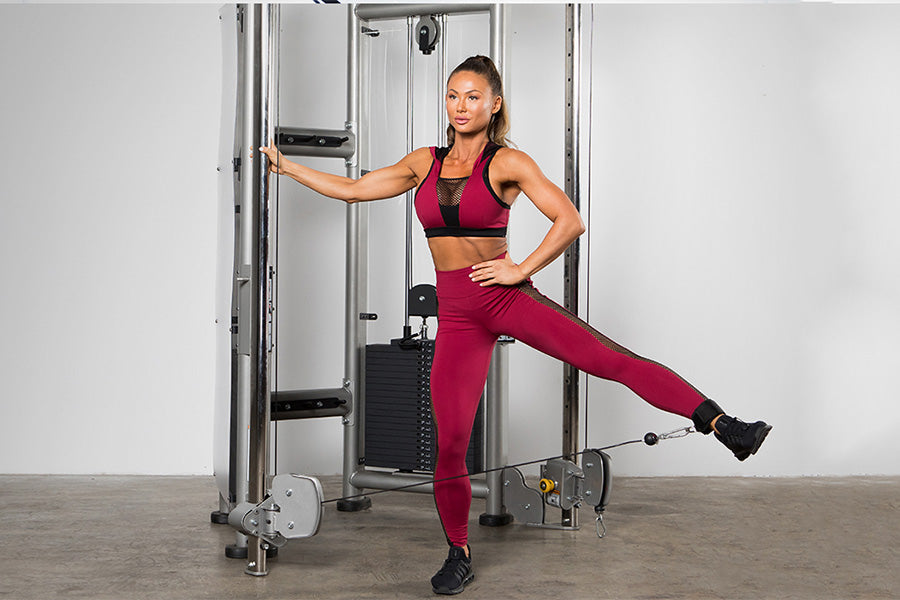|
Exercise Description |
|
|
Target Muscle Group |
Vastus Lateralis (Outer Thigh) |
|
Secondary Muscles |
Outer Thigh Muscles/ Quads/ Vastus Lateralis |
|
Exercise Type |
Strength |
|
Equipment Required |
Cable pully |
|
Experience Level |
Intermediate |
|
Compound/Isolated |
Compound |
|
Force Type |
Pull |
Target Muscles: Outer thigh muscles/ quads/ vastus lateralis

Cable Hip Abductions Overview
Cable hip abductions are a great exercise for those who want to target their hips and thighs. This move can be done with a variety of different apparatus, such as a cable machine, resistance band, or TRX system.
The muscles worked during cable hip abductions include the gluteus medius, gluteus minimus, and tensor fasciae latae. These muscles are responsible for stabilizing the hip and keeping the leg from collapsing inward.
The vastus lateralis is one of the four quadriceps muscles. It is located on the side of the thigh and attaches to the femur (thigh bone). The vastus lateralis is responsible for extending the knee, which means it helps straighten the leg.
The quadriceps are important for activities such as walking, running, and climbing stairs. Strong quadriceps can help prevent knee injuries.
How to Do It
In this exercise, you will be working your hips and lateral quads muscles.
- Stand straight against a cable pulley machine.
- Keep the pulley machine set to the lowest, and attach it to your ankle strap on the leg away from the machine.
- Hold on to the cable machine with one hand to stabilize yourself.
- Pointing your toe up, extend your leg out at a 45-degree angle
- Bring back your foot and extend it over the supporting leg.
- Make sure you are only moving your leg and not your entire body
- Do not touch your foot on the floor until you complete all your reps.
- Repeat the exercise on the other leg and perform 20-25 reps per side
Cable Hip Abduction Tips
- When performing any hip abduction exercise, it is important to keep the spine in a neutral position. This means that the back should be straight and the pelvis should not be tilted.
- It is also important to use proper form and technique. The knees should be kept in line with the hips, and the feet should point straight ahead. There should be no twisting or turning of the body during the exercise.
- It is also important to use light weights and to start with lower repetitions. As you get stronger, you can increase the weight and number of repetitions.
- If you feel any pain during the exercise, stop immediately and consult a doctor or physical therapist.









